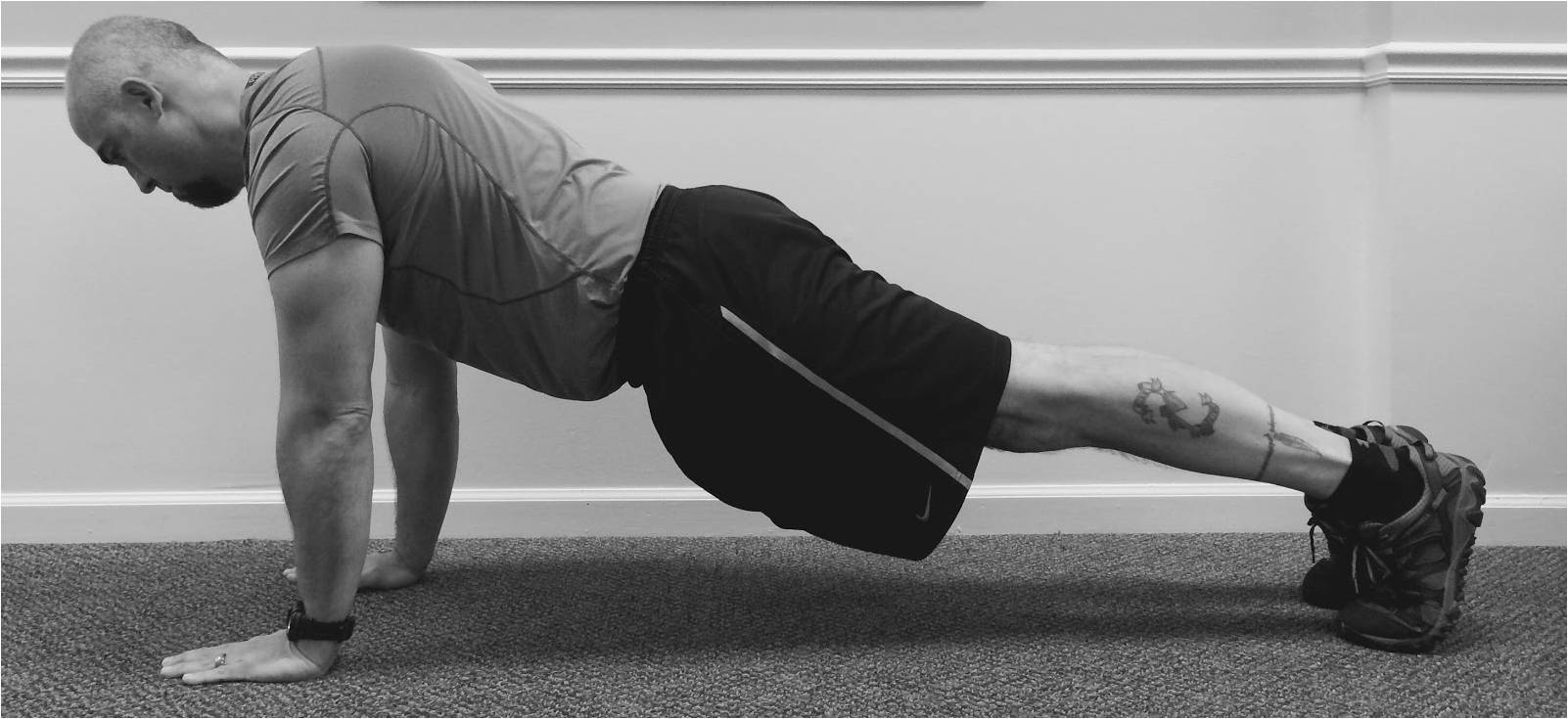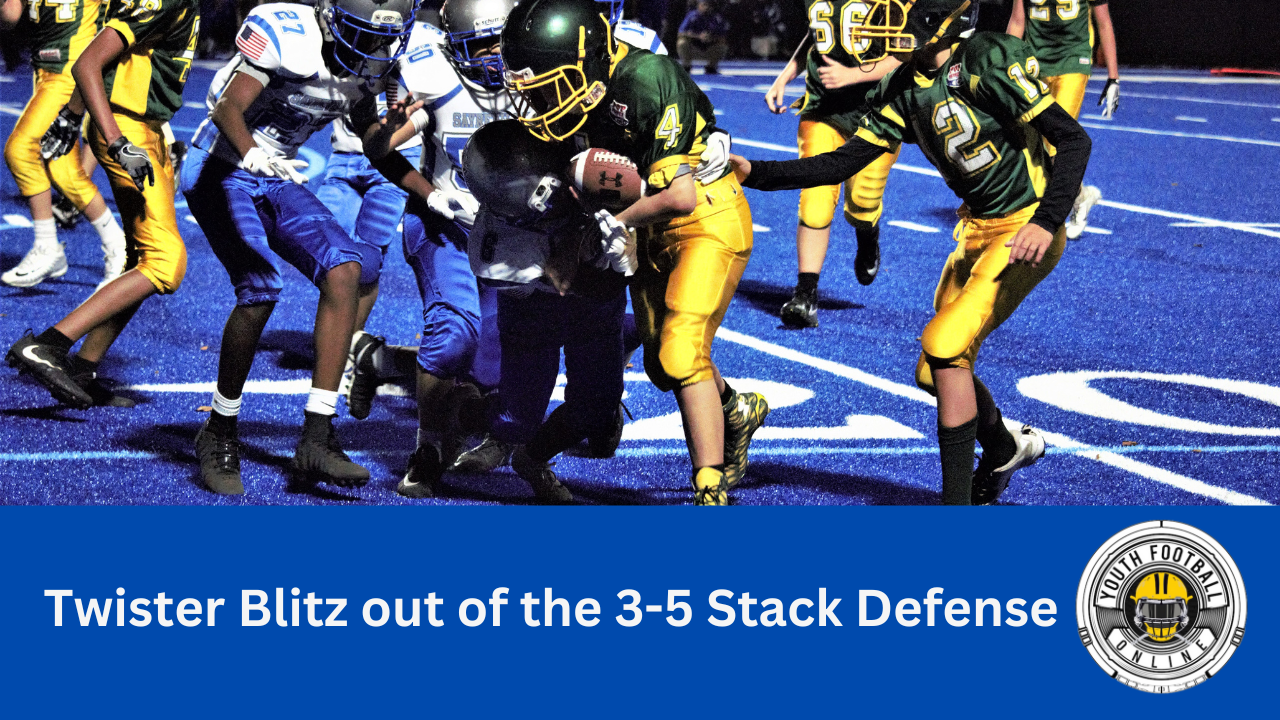Squeezing More out of the Push-up

As youth coaches we are often faced with very limited time in order to accomplish those things that we know will make our teams better. Helping our players get stronger is one of them.
Strength is a Skill
Strength is the skill of generating muscular tension. Because of this, training should be approached as ‘practice’, not a ‘workout’. This is an important distinction.
In this article I will address how to ‘squeeze’ more out of the tried and true push-up, as well as how you might instruct your players to use it to their benefit. The push-up is often a go-to exercise for coaches – and I believe that doing a better job coaching it will result in greater strength gains for our kids.
TENSION equals FORCE.
We can provide cues, both verbally as well as sensorily, that will enable them to learn how to contract their muscles harder. Contracting their muscles harder creates more tension, thus creating more force.
One of the most important skills of generating tension is ‘staying tight’. Any sort of emphasis on speed compromises that tension, so say ‘No’ to encouraging fast repetitions with this program. How do we instruct out kids to stay tight? I use the two handed plank to teach it initially.
Figure 1 – Note the straight line from the heels to the crown of the head. Hands are directly below the shoulders. In this position, practice the skill of generating maximal tension throughout all of the muscles. DO NOT hold your breath – breath behind the shield of the tension that is being generated.
I have them start lying on the ground, palms on the ground with their hands near their arm pits. Hand placement is such that the elbows are in tight to their sides and not flared out – fingers are spread. Legs are together and feet are on their toes.
Instruct them to take a deep breath and then come up to being on hands and knees. From that position I have them get off of their knees and into the plank position – just on hands and feet. Hands should be directly below the shoulders in this position, and there should be a straight line from their heels to the crown of their head. I cue them here with the idea of ‘gripping the ground’. They should be gripping the ground in such a way that they are ‘white knuckling’ it.

Figure 2 – Note again that the hands are directly below the shoulders. Grip the ground with your hands.
In the plank position, I pay special attention to make sure they learn how to maximally tense their muscles by providing some ‘tough love’ to them – using the ‘body-hardening’ drill of working over their entire musculature with the backs or sides of your fist.
Now be careful here – you’re not knocking them out, Rocky. You’re providing valuable sensory feedback to their nervous systems. These ‘love taps’ shouldn’t hurt or leave bruising – and obviously you will avoid hitting bones and sensitive areas. Used safely and correctly, you will find this body-hardening drill will help them learn how to generate more tension.
Please let them know your intentions and get their permission first before proceeding with the drill.
In term of getting their large latissumus dorsi muscles involved, I ask them to squeeze their shoulder blades together and down – as if they wanted to put them in their back pockets. Another good cue here would be to place your hand in their armpit and have them squeeze it as hard as they can.
I instruct them to not hold their breath, but to ‘breath behind the shield’ of the tension they have created. The head remains a natural extension of a neutral spine and does not hang down nor is it hyper extended with them trying to look up. The cue for all of the above – stay tight!
Have them practice these for 15-30 seconds at a time several times per day.
Everything – all of their muscles – should remain tight. This collective full body tension learned in the plank should be maintained throughout each push up.
From Plank to Pushup
From the plank, initiating the downward portion of the pushup with an inhale, I ask my kids to visualize that they are actively pulling their chests in the direction of the ground – not passively giving into gravity. I tell them to be mindful to keep their elbows in tight. It will feel as if they are squeezing their rib cage with their upper arms.

Figure 3 – Elbows are in tight in the bottom position of the pushup, almost squeezing the rib cage. Here you are at about 70% of a full deep breath prior to push up.
When they reach the bottom portion of the push up they should be at about 70% of a maximal deep breath. Talk to them about breathing into their belly, not into their chests as they inhale and descend. I do not want them to pull their belly in, but to tense their abdominal muscles as if bracing for a punch. The cue here is brace.
As they begin to press up, instruct them to ‘corkscrew’ their forearms while gripping the ground. The right hand will corkscrew in a clockwise fashion, the left hand in a counter-clockwise fashion. However, tell them not to allow their hands to actually move.

Figure 4 – Note how the bend in the elbow almost faces forward here – a result of the ‘corkscrewing’ action of the forearms as you pushup from the bottom position.
Doing this will bring the elbows even closer to their rib cage and the shoulders more retracted into their sockets. In this position, the shoulders will be in more of an external rotation – a much safer and stronger position than having their elbows flared out. I have them envision pressing up from their armpits. This will again help to bring in the large latissimus dorsi muscles into the conversation.
Another key at the beginning of pressing up is to have them contract their glutes and quadriceps as hard as possible. Tensing the glutes acts as an amplifier for any exertion. The cue I use here is pinch (as if pinching a coin between their glutes).
Their breath, as they begin to press up from the floor, should be forcefully expelled – but not all of it and not all at once. Instruct them to press their tongues into the roof of their mouth just behind their front teeth. A tsssss sound can be made here to facilitate this.
How Many & How Often?
Whatever their individual maximum number of push ups they can do at one time in the above prescribed manner, I would have them do no more than half of that number in a set. For this particular program, I would never have them go over 5-6 repetitions in a given set. I would ask them to do a set of push-ups several times per day, 5-6 days per week – never having them go to failure nor ever getting close to feeling fatigued.
If this number of repetitions becomes too easy, I would begin to manipulate the leverage to make the exercise more difficult for them – raising the height of their feet would be one example of this.
If they are unable to do any pushups, simply manipulate the leverage to be in their favor – having the hands higher than the feet would be an example of this (i.e. – leaning against a wall, or having their hands on a tall box.
Doing push ups the way I’ve described above, several times per day (but never to fatigue) will actually begin to, as a mentor of mine calls it, grease the groove neurologically in these kids. Their technique will have been honed at a sub maximal effort so often, their learned ability to generate maximal tension so improved, that when they do go to exert a maximal effort, they will be astounded by how much they will have improved.
Give this a shot with your kids and let me hear your feedback.










